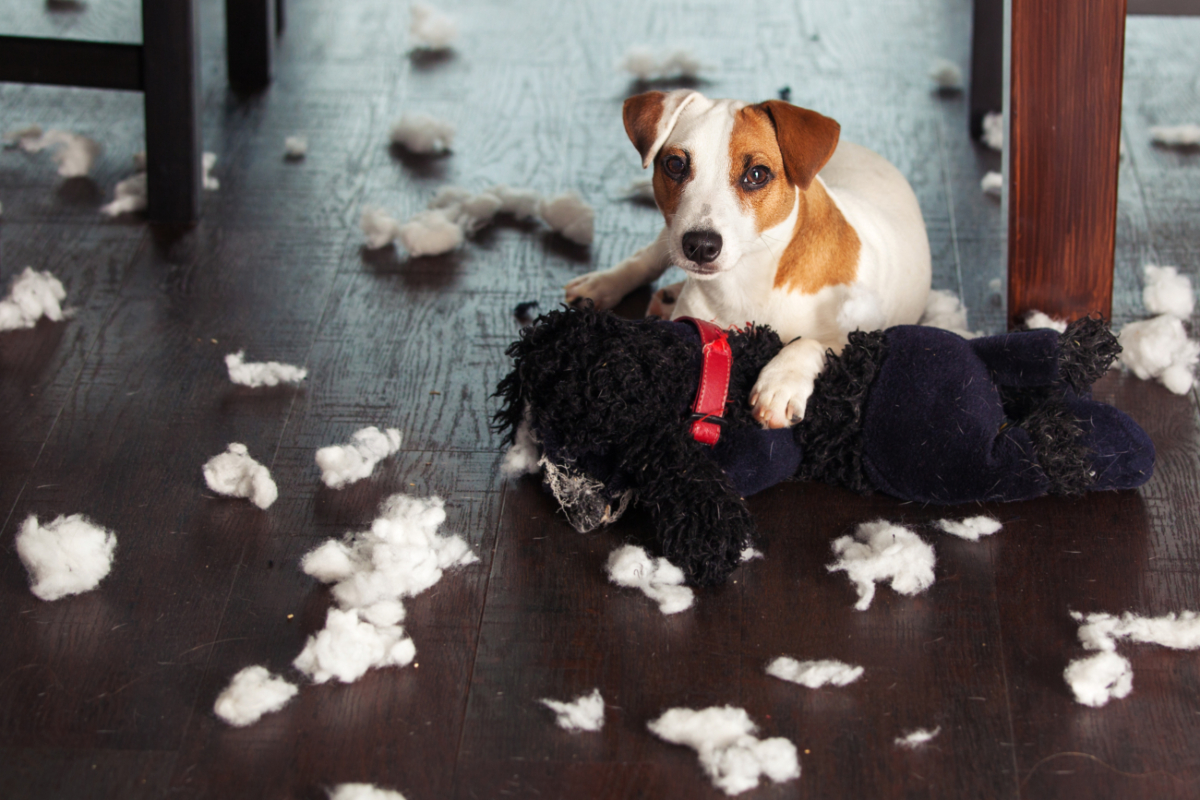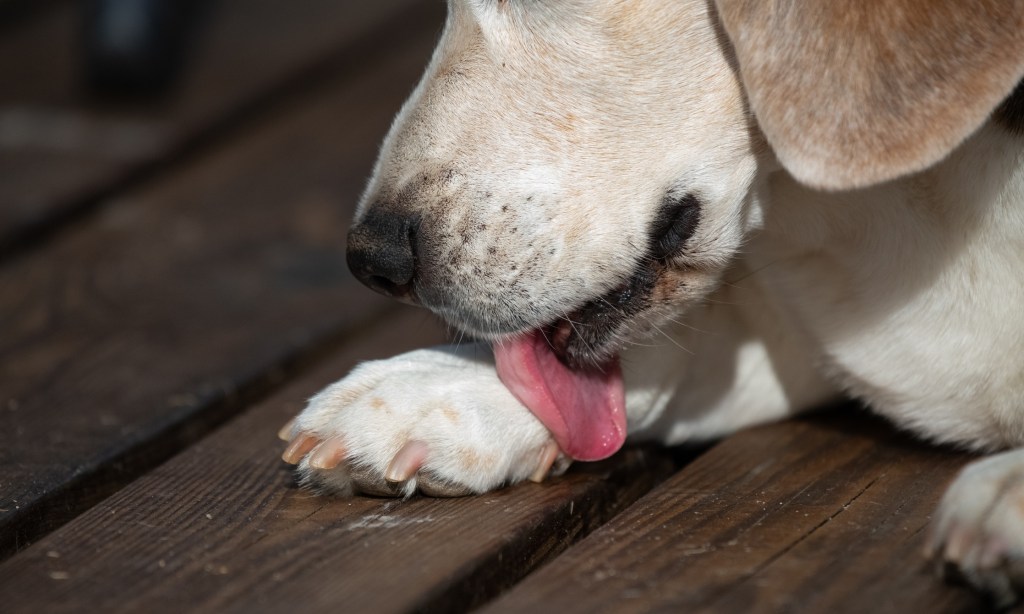Whether you’re basking in the joys of puppyhood or have a mature dog that could use a little behavior curbing, training a dog is no simple feat. It requires heaps of patience, diligence, and a firm — but not too firm — approach.
One of the most important aspects of training a dog is learning how to effectively scold them. Certain approaches can actually backfire on pet parents, and there’s a balance between sticking to your guns and not letting your pup get away with naughty behaviors. To help guide you in this tricky process, we’ve laid out some ground rules on how to effectively scold dogs, which will result in a happier home for everyone.
Don’t Inflict Physical Harm
In addition to potential pain and injury, physical harm creates a very poor relationship between pet parent and dog, and can lead to severe aggression (biting, growling, lunging) or severe insecurity (cowering, hiding, running away) and in some cases a combination of both. Physical harm is never the answer when trying to fix bad behavior.
There are ways to be physically firm with your dog — such as scooting them off the couch if they’re not allowed, gently pushing them back down if they’re jumping on you, or picking them up and rushing them outside to potty — but your dog shouldn’t ever endure physical pain.
Use High Praise (and Yummy Treats)
When your pup does something good — such as stand next to the door when they need to go out, allow you to groom them, or obey a command — it’s best to use positive reinforcement via belly rubs, cuddles, words of praise, and treats. Dogs inherently want to make their owners happy, so they’ll begin associating certain behaviors with their owner’s joy and do them more often.
Firmly Express Displeasure
If your dog exhibits poor behavior — such as peeing in the house, nipping/biting, jumping, or getting into something they shouldn’t — then it’s important to express displeasure immediately.
Waiting to scold until hours later will do no good because your dog won’t understand why they’re in trouble. For example, dragging them to the spot they defecated or urinated in, or shaking the item they chewed up in front of their face while yelling, isn’t helpful. Some trainers recommend time-outs in situations where a bad behavior is repeated but note that long periods of isolation aren’t ideal.
It’s also important to scold quickly, for just a moment, and then move on. Signs that your dog is being over-scolded (and unnecessarily suffering as a result) include teeth-baring, lip-licking, and an inability to make eye contact.
Always Be Firm and Consistent with Your Dog
Just like children and adults, dogs benefit greatly from consistency and structure. In order to curb bad behavior, make it a goal to always scold bad behavior with a gentle but firm voice, and to always praise your pup with love and physical affection when they do what you want. For example, if your dog has a bad habit of jumping and you want to stop it, this behavior must always be scolded; resist the temptation to give your pup a pass on poor behavior. This consistency will help eliminate confusion and put your dog on the fast track to the best-behaved doggo on the block.






